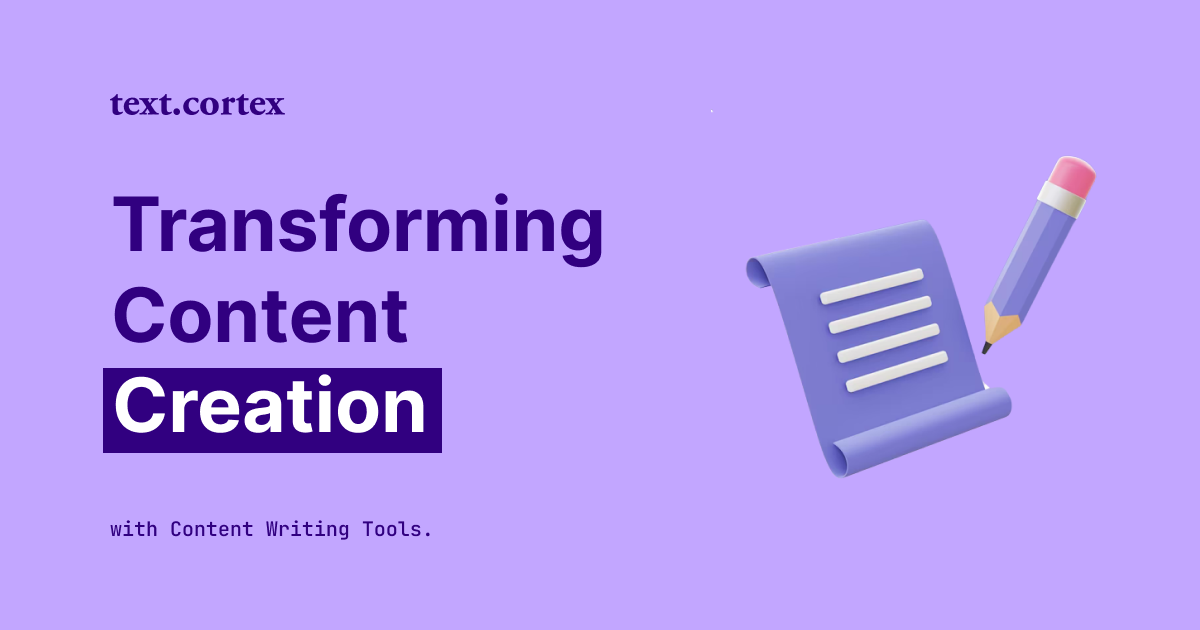Do you want to make content writing your full-time job, but you are unsure if you have enough knowledge and the skills to make it happen?
We all can relate to that.
As a freelance writer, you need to get your name out there, and one of the first things that come to mind when thinking about writing independence is — DON'T mess it up!
To become a successful content writer, you need to create content that attracts attention and makes the most of it — content that resonates with your target audience.
Or maybe you aim a little bit higher and want to attract an audience of professionals looking for trustworthy information on topics that interest them.
Sure, you may not have enough knowledge about it, so what?
Whether you're just starting or trying to take your writing to the next level, the basics are the basics, and they work for everyone.
This article will help you cover the essence of content writing and inspire you to take the leap of faith and fearlessly begin your freelance content writing career.
Let's begin!
What Is Content Writing?
Content writing is creating a piece of creative content for the intended audience.
It is based on the concept of storytelling and involves writing an article, blog, or piece of any other kind of writing.
Content writing is one of the essential skills that every aspiring writer needs, whether it is for an academic assignment or any other professional work.
Why Content Writing?
Content writing can help improve your communication skills and sharpen your writing skills.
It also helps you to be a better creator.
There are many reasons why it is important to be a good content writer. Some of them include:
- Become more confident
- Improve your writing skills
- Practice your grammar skills
- Create your writing style
- Enhance your creativity
- Develop a personal marketing strategy
Why Is Proper Content Writing Important?
Content writing is a lot more than just writing an article.
You need content writing skills also if you want to create:
- Engaging content for social media
- Email outreach sequences
- Cold emails
- Titles for YouTube videos
- Product descriptions
- Product titles
- Ad copies
Content writing is essentially involved with every form of content you want to publish — a multi-practice skill like a Swiss army knife for writers.
7 Best Practices On How To Get Into Content Writing
1. Do A Proper Research
The proper content writing strategy goes without saying that to start, you first need to know what you want to write about.
Believe it or not, this is the crucial part of content writing that, at the same time, takes the most out of your writing time.
With the web flooded with content, to do proper research, you need to narrow down your research strategy and focus on what kind of information your targeted audience searches for.
Did you know that approximately 409 million people view over 20 billion pages?
That means you need to do a hell of a job to stand out with your content and provide unique and relevant information to get acknowledged as a trustworthy source.
Here are some basic guidelines that you can use when researching material for your content:
1. Understand the content tone
To keep your targeted audience interested in your content, you must ensure it is informative, conversational, opinionated, or businesslike.
These are different types of content tones that attract different audiences.
For example, if you are a freelancer that writes for a client, discuss the type of content they would like to have and research similar content types on the internet to organize your writing correctly.
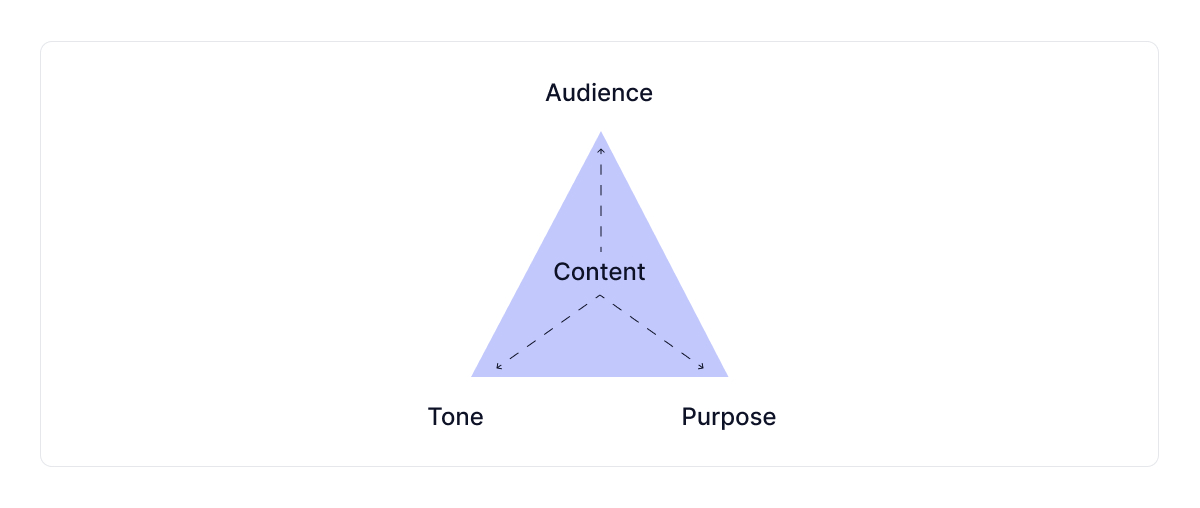
An appropriate content tone will help you minimize abandonment rates and help you hook the targeted audience more efficiently.
2. Learn how to research
When you write for a client, it is essential to understand that different content requires different kinds of research and different approaches.
If you are writing for a client, make sure that you study the content requirements and the client's demands to organize your research strategy accordingly.
For example, a case study requires a different approach, unlike blog articles.
The case study focuses on the user problems and challenges and offers in-depth study and solutions.
Conversely, blogs are topic-oriented content in which people share their experiences and knowledge about particular topics.
To know what research is appropriate for a specific type of content:
- Comprehend the audience's demand in that specific area. You can search social media platforms and find the answers directly from them.
- Research your competitors and what they are writing about, and try to find what is missing in their content that can benefit the audience.
- What is in demand? Find out your audience's interest using tools such as AnswerThePublic, Quora, and similar websites.
- Carry out polls and surveys
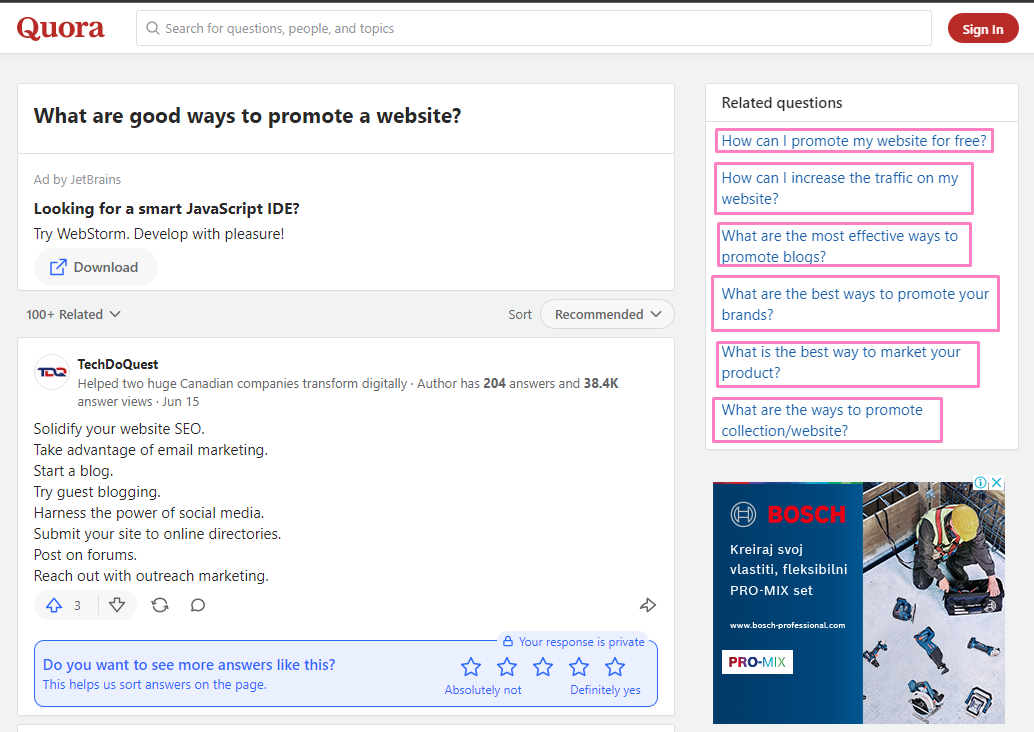
All these tips will help you better understand what information you need to include in your content to satisfy the audience's needs and make your content more compelling.
2. Turn Your Idea Into An Attractive Headline
The attention of your reader is what you strive for.
If you do not know how to generate an eye-catching headline that will help your content stand out, you can count that all your writing is gone to waste.
Why?
Because five times as many people read the headline as the body of an article.
Let me share with you some more statistics on headlines before we move on:
- Regarding social sharing, "very long" headlines (14-17 words) outperform short headlines by 76.7%.
- Question-mark headlines receive 23.3% more social shares than non-question headlines.
- Before publishing, 91% of bloggers write only a few headline drafts (around six).
And even though the mentioned statistics sound scary, you can sit back and relax because there are tools that will help you find your perfect 'pitch.'
So what does the best practice on headline say?
Bring emotion to your titles
Playing on a card of emotion is the fastest and the safest route to a solid headline.
You can use the Emotional Marketing Value-free tool to discover the emotional metrics of your headlines.
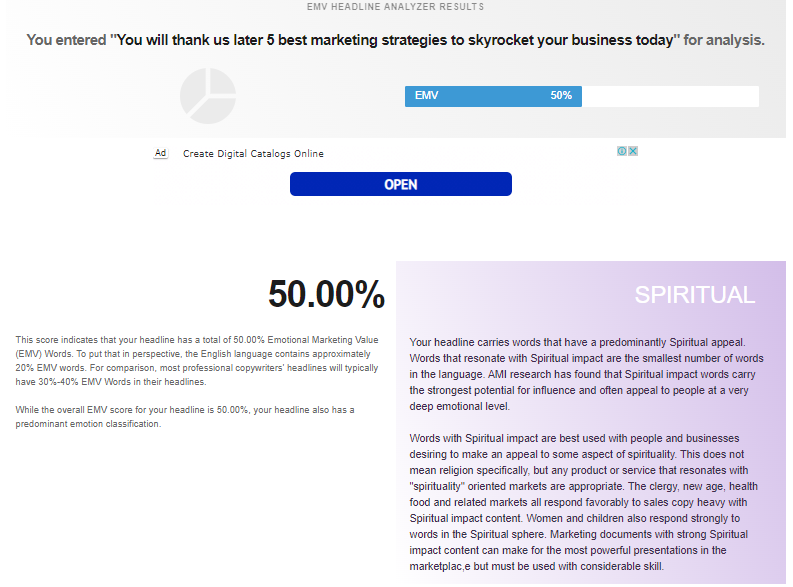
In the example above, you can see an extensive explanation of who will resonate with the title and the score you should aim for.
Quite helpful, right?
3. Master Your Opening Line
What if we tell you that people only read an article for 15 seconds before deciding to leave?
Pretty important, huh?
When writing content, opening lines are crucial because they are what draw your audience in.
It's your way of capturing the reader's attention and enticing them to continue reading the whole story.
Opening lines can pique your readers' and/or customers' curiosity and interest by making them think, "I don't want to miss this."
One fantastic method is to make a bold statement such as "This hack has changed my life."
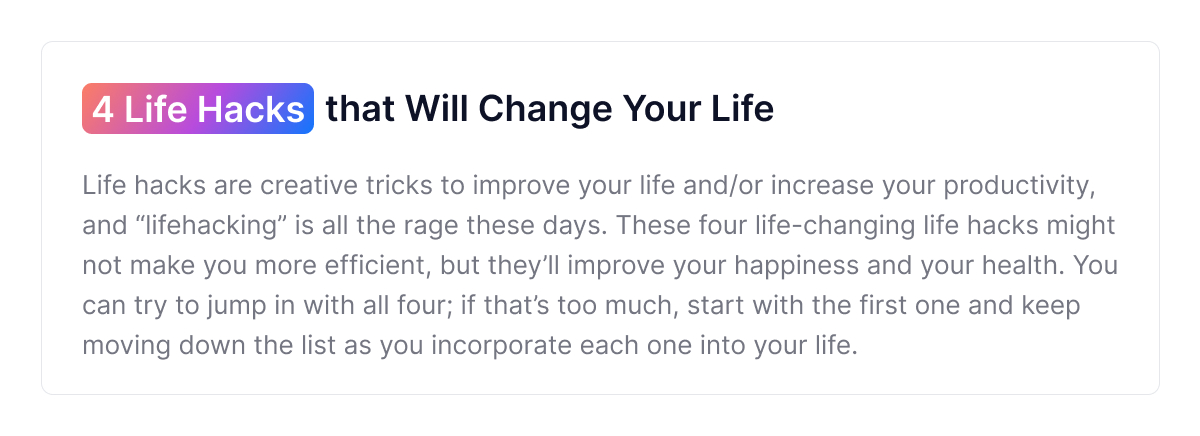
Another good approach is to begin with a question, statistic, or fact.
Whatever method you use, the important thing is to keep the reader's attention until the end.
4. Create Roadmap With An Outlines
Outlines are more than mere headlines — they are your mind mapping strategy that keeps you on track and serves your readers like navigation in your content.
A well-crafted outline makes your content writing process much easier to handle while maintaining the ideas following each other until the finishing line.
They are your key points that help your readers grasp the overall idea easily, without even noticing that they are progressively and instinctively sliding through the page.
Outlines are one of the most critical aspects of your content strategy, and to create them right, you need to:
- Figure out the essential takeaways from the topic
- Make sure they follow each other
- Bring a clear understanding of what the reader can get from it
- Keep it short and on point
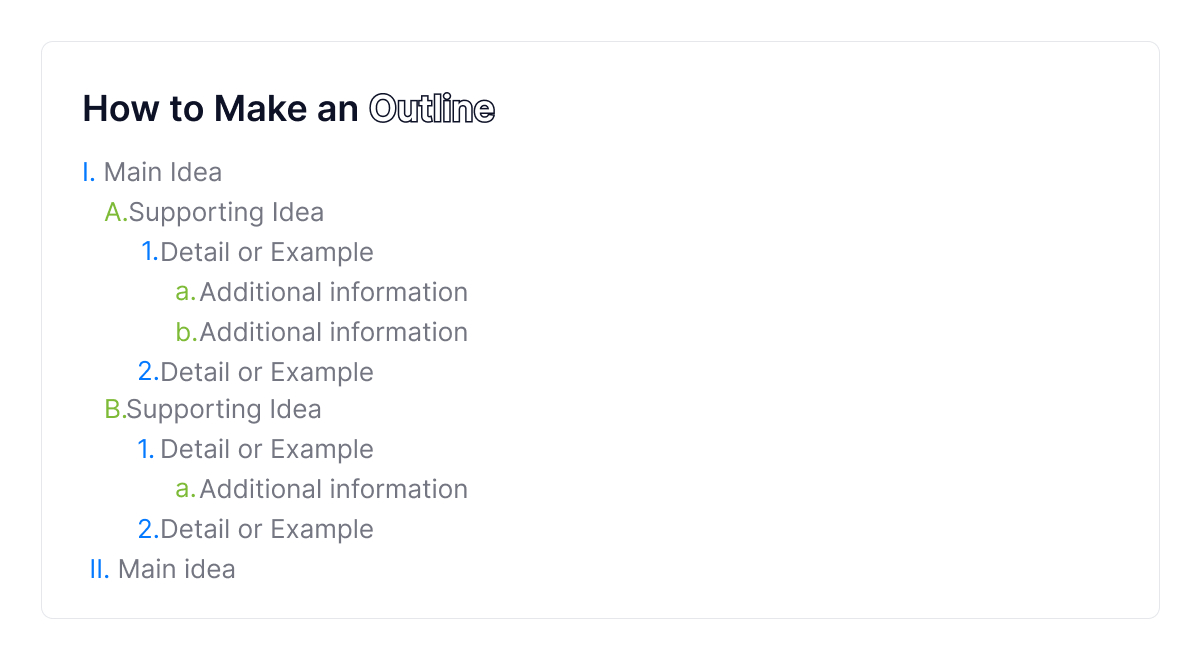
Outlines make your content more digestible for your audience — it is narrowing down the entire concept into more consumable chunks.
Plus, it is easier to remember where the specific information is located in your content in case your reader wants to use it as a relevant reference.
5. Write It So The 5 Years Old Can Grasp It
Attempting to sound too bright is one of the most common content writing mistakes that unintentionally limit instead of expanding your content to a broad net audience.
One of the reasons is that you do not want your audience to feel less intelligent just because you use too many complex words to make your content sound profound and sophisticated.
Another reason is that reading content with too many complex words is problematic because it is distracting and frustrating to follow with understanding.
And finally, and most importantly, what is the purpose of your content if your reader has to leave your page to search for translation?
If you want to gain more leads for your website and blog posts, you should follow these guidelines to keep it universally attractive for anyone interested in your content:
1. Make your sentences longer
Some sentences you need to extend to carry out the message better.
When you proofread, you can quickly notice if the sentence is pointless — sometimes, two short sentences can fit into one and bring better clarity to the context.
For example, if you say, "We all need to take a day off. A day off is essential to gain more energy and get things going."
You can also say this with a longer sentence and sound more convincing:
"We all need to take a day off to gain more energy and get things going."
Here is another example:
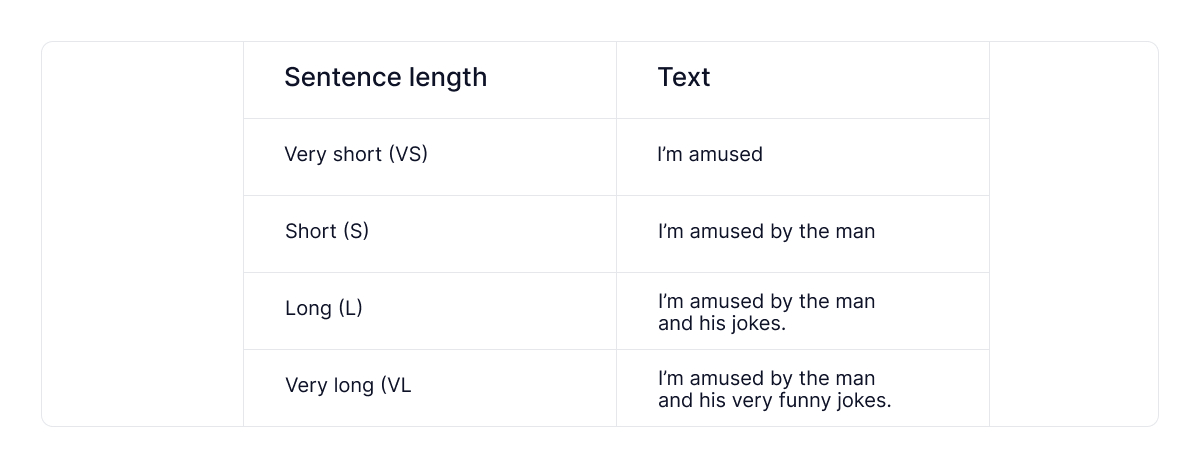
Make your sentences longer whenever you get a chance without making them 'over the top.'
2. Make your sentences shorter
If your sentence is too long, it can be hard to read, significantly impacting readers' attention.
For example:
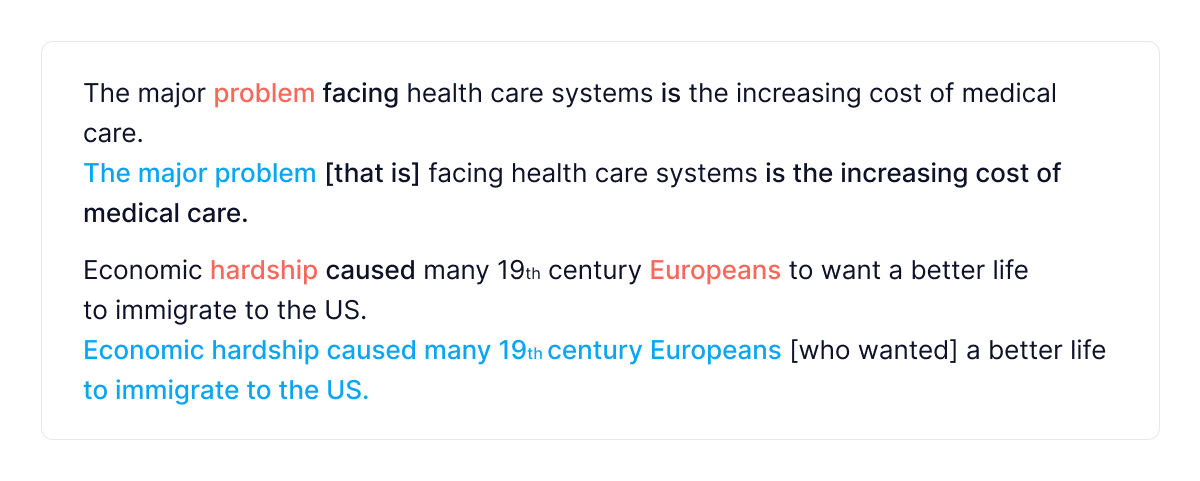
You can use the Hemingway tool to determine your text readability score and shorten your sentences accordingly.
3. Rewrite for better context
There are times when the writing juices are simply not going — a phenomenon known as writer's block.
At those times, the sentence structure and wording order will simply not be at your service.
Luckily, today we have a lot of rewriting tools that can save the day and keep the inspiration going.
Let me show you how that works with the TextCortex rewriting extension.
Rewriting or paraphrasing sentences is a writing technique that even professional writers often use to get the best out of their context.
Consistency in your writing will improve your writing skills and bring you much knowledge on how to avoid common content writing mistakes for future creations.
6. Include Visuals To Make It Entertaining
Visuals are one of the most effective ways to transfer your message and make it visible and straightforward.
New statistics show that people remember 10% of the information they hear out loud, and 65% of the information they see in visuals.
They make the message you want to convey in your content better to understand so the readers can follow through.
You can use visual aids, like photographs, charts, and even videos to illustrate your point.
Visuals are vital elements of engaging content because they put your information to practice so your readers can:
- Quickly understand the process
- Easily remember the order
- Process new information without struggle
There are many benefits of utilizing visuals in your content, but the following are the most important ones:
- Concept maps help identify main ideas, organizational flow, and relationships between ideas.
- Images such as flowcharts and infographics can help learners understand logical relationships between variables and concepts.
- A picture can convey a lot of information quickly.
Include visuals to make your content more actionable in:
1. Step-by-step process
It is always a good practice to cover as much as possible, but sometimes, with extensive research, that can be overwhelming.
When writing a step-by-step process, you first need to separate the process from its work instructions and consider which visual elements are essential to include.
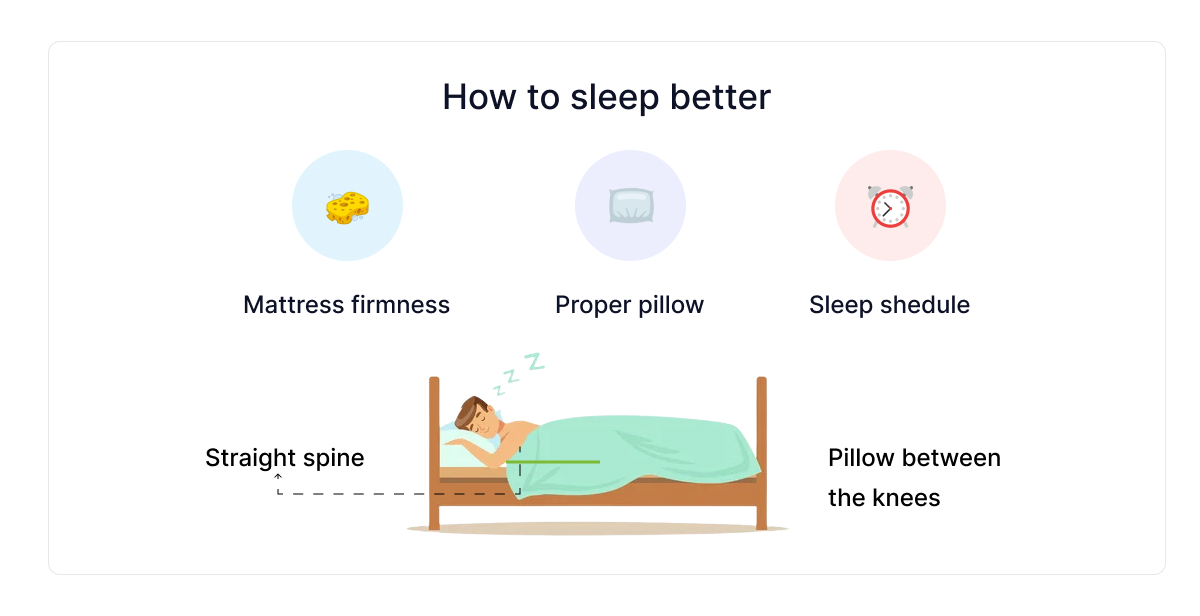
Visuals in a step-by-step process help your reader to memorize the idea and the process better.
2. Examples
When writing content, some things are hard to explain by just using words.
Use visuals when providing examples to explain better your point of view or the topic you represent.
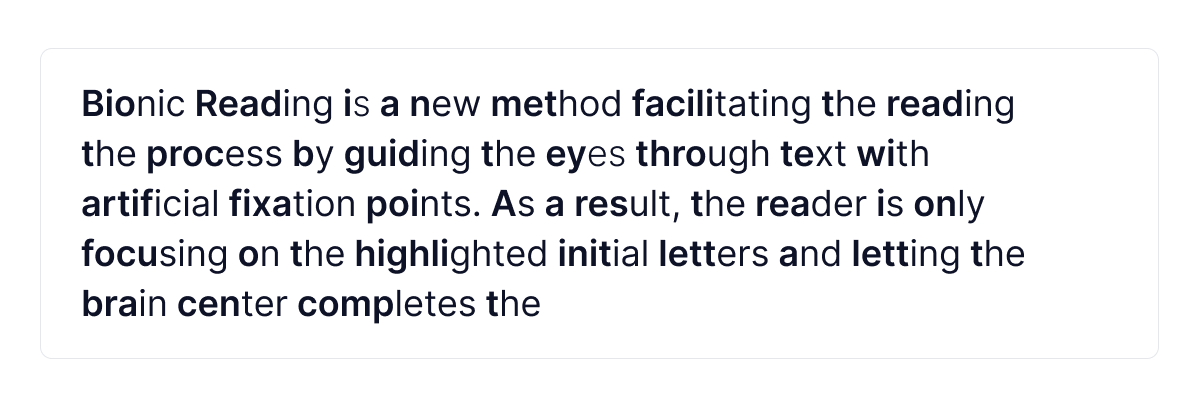
Examples in the form of a picture instead of text are not just better to consume but also can save many words.
3. Comparison of two or more elements
Comparison of elements hardly comes without visuals — they have an unbreakable bond because such an extensive amount of information is difficult to present only with words.
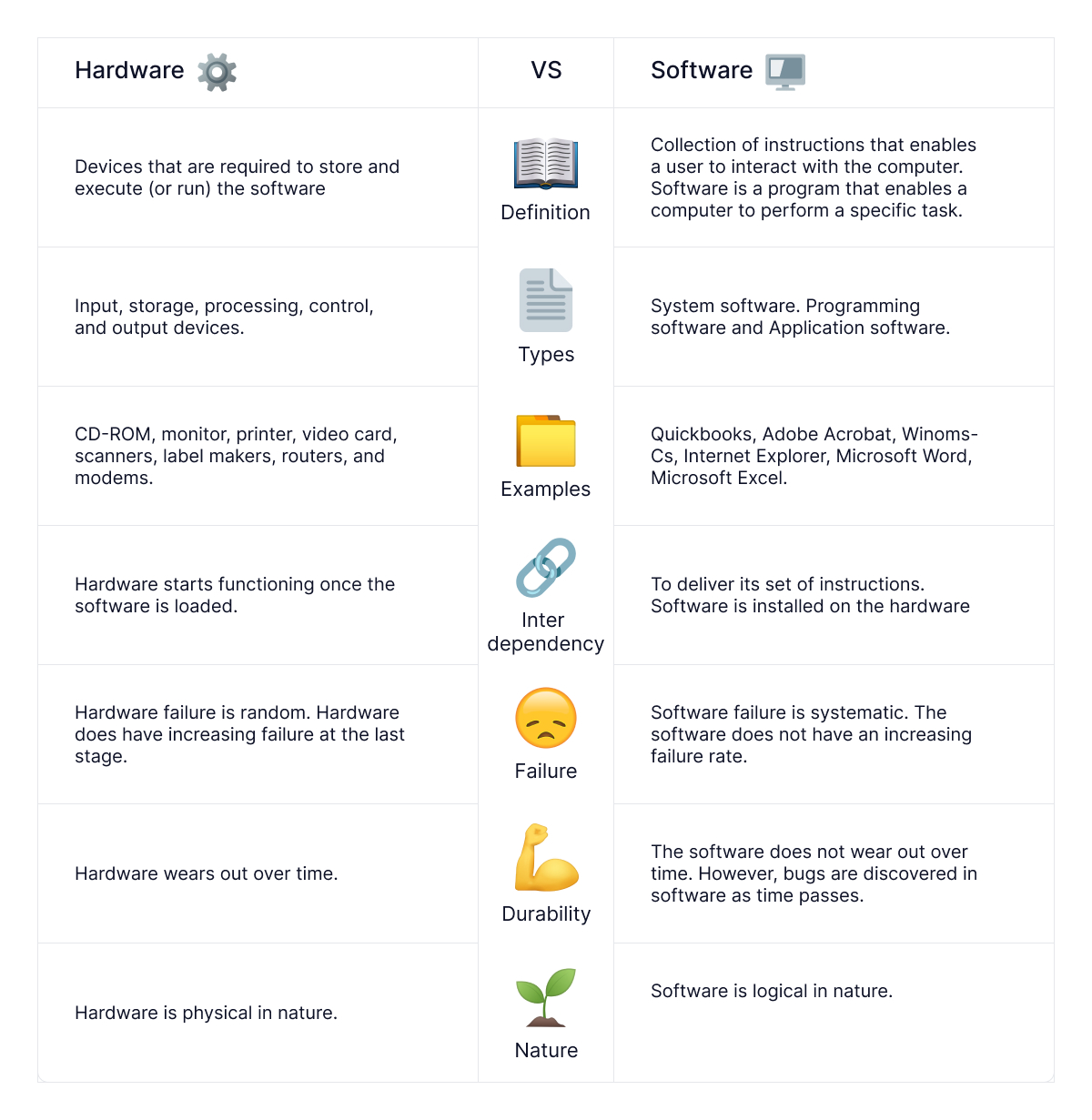
It is always best to describe elements in your story with pictures and graphics to convey your overall point of view without leaving out important details due to space constraints.
You can look at it as a summary of your impressions.
7. Write A Memorable Conclusion

A conclusion is the end of your writing cycle — a part where you summarize the entire impression and experience about the topic.
It is an essential part of the writing process because it is in charge of convincing your audience, for example, what is a good choice or why something is a perfect approach.
Paying little attention to the quality of your conclusion is the same as leaving someplace without saying “goodbye.”
Additionally, the conclusion is the part in your writing that is entirely focused on CTA, so you should put in the same creativity and effort as you did in crafting the entire content.
How to do it?
The conclusion allows you actually to be YOU without facts and statistics.
Tell your readers what you think about the topic, and be honest about it.
The audience recognizes and appreciates the power of originality and thought diversity.
To Sum Up
In many articles related to this subject, you will always hear the same thing — “Writing content is not easy.”
Well, it is not, like everything else, that requires dedication and effort.
But don’t let that discourage you, because in the end, the only thing matters - do you have a writing drive or not?
We hope that these steps can help you achieve your goal and start with a content writing career with much more confidence and a little bit more knowledge.
However, we live in an era where AI technology evolves every day with such a speed that it is impossible to comprehend entirely.
And for content writing strategy, sometimes all you need is a talent to write, fundamental knowledge to start, and AI assistants to develop your writing style.
For that purpose, we created TextCortex.
TextCortex is a use-case module-based AI writing assistant that can help you write any content type within seconds.
It uses best use-cases practice knowledge base to generate natural-sounding output with 98% plagiarism-free generated text and 2% of creativity.
The best part about TextCortex is that it can take away 80% of the tedious and tiring writing job, leaving enough time to focus on the relevant aspects of the writing process.
How does it work?
TextCortex is available as a web application and rewriting extension.
To use it, all you need to do is to:
- Sign up for free or download browser extension
- Navigate to the TextCortex Creator Suite by clicking the logo in the right bottom logo.
- Choose the template that fits you best, enter the input, and hit 'Create'
Furthermore, if you want to have a handy writing assistant wherever your pen needs it, you can use our rewriting extension that can help you:
- Rewrite sentences for better tone and context.
- Create blog posts from a single sentence.
- Extend your text for more details.
- Shorten the original content.
- Use bullet points to create cold emails.
- Autocomplete your sentences.
You can try TextCortex for free and get 15 free creations per day, which you can increase by referring it to a friend via Google reviews.
Sign up today and watch how TextCortex improves your writing skills instantly by consistently generating fresh and compelling content for you.

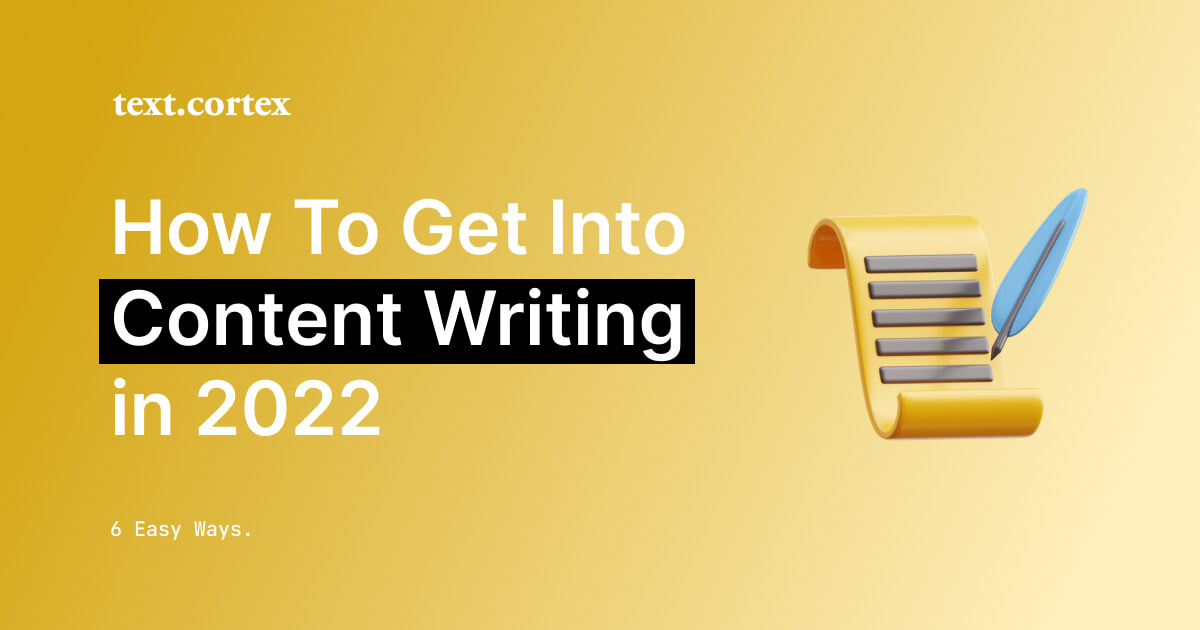
.jpg)
